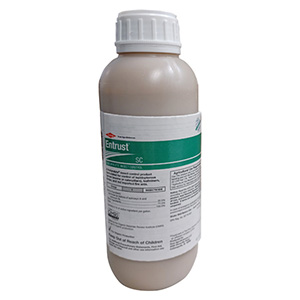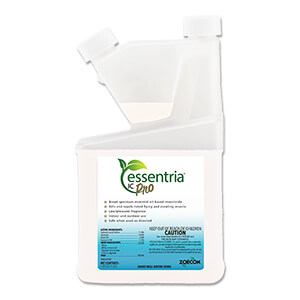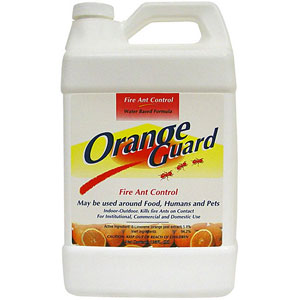Fire Ants
Fire ants are known for their painful sting and venom. Their name encapsulates several species of ant in the genus Solenopsis. Commonly called "red ants" due to their light brown to red coloration, ants belonging to Solenopsis are stinging ants with an alkaloid venom called Solenopsin. One of the most prevalent species in the United States is the Red Imported Fire Ant (RIFA), a highly aggressive ant native to South America, which has become established in North America, Australia and parts of Asia.
Life Cycle:
Fire ant colonies consist of the brood (eggs, larvae, and pupae) and several castes of adults. Adults include winged males with smaller heads and darker bodies than females, red to brown winged females, and workers. Worker ants are wingless, sterile females, and vary in size. Older workers forage or defend the nest while younger workers care for the brood. A fire ant colony can have multiple queens with each queen laying up to 1,500 eggs per day. Once eggs have hatched into larvae, the queen(s) feed the larvae infertile eggs. Older larvae receive food gathered by worker ants. Larvae develop for 6-10 days, and then pupate into adults. Complete maturation from egg to adult will take between 22 and 38 days.
Life spans vary depending on the ant's size with minor workers living 30-60 days, media workers living 60-90 days, major workers living 90-180 days and queens living 2-6 years. The average colony contains 100,000 to 500,000 workers, several hundred winged forms, and one or more queens.
Damage: In addition to their painful sting, they are a predatory invasive species that has a number of ill-effects on the environment and agriculture.
- Fire ants cause an estimated $6.7 billion in losses/damage annually in the United States.
- The Red Imported Fire Ant is invasive and crowds out native ant species through direct competition for food or predation.
- They can cause nesting issues with various ground-nesting bird species.
Treating Fire Ant Mounds – Repeat applications as needed while fire ant mounds are active.
- Apply Orange Guard Fire Ant Control directly to the mound. Puncture the mound with a long broom handle.
- Entrust uses a high percentage of Spinosad (22.5%) to combat hard to control pests including fire ants with a mound drench for turf, ornamentals and other outdoor areas.
- Garlic Barrier AG+ can be used as a soil drench over the area where fire ants have been a pest issue. Apply according to recommended application rates on the product label.
- Essentria G is a granular insect repellent that can be applied over a large area and serves as a long-lasting repellent.
- Apply Diatomaceous Earth around the entrances to small fire ant mounds to help move mounds away from areas you frequent.
-
-
-
-
-
$40.99–$129.99
-
-
-
$73.80–$3,005.00
-
-
-
$6.99–$88.49
-
-
$11.99–$101.92
















